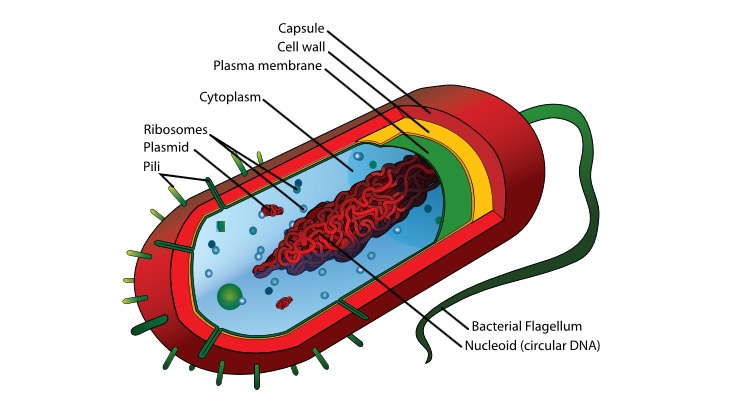Microorganisms are present everywhere, and live on and in everything from sea beds to tree tops. So why don't you want them in your metalworking fluid?
Metalworking fluid systems often constitute very suitable environments for microbial growth due to the excellent access to nutrients, water and heat. Microorganisms will consequently always be present in metalworking fluid systems, and the real challenge is primarily to restrict their numbers over time.
The problems that arise with microbial attacks on metalworking fluids are both related to health and safety and productivity.
Work environment
Microorganisms can constitute a health hazard, but far from all bacteria and fungi are harmful. Both harmless and harmful microorganisms have been found in metalworking fluids.
Infections, poisoning or development of allergies are typical health problems that can be linked to contact with microorganisms. With metalworking fluids, it is most common for staff to have symptoms such as eczema, respiratory problems and general respiratory tract disorders such as a runny nose.
By-products from microbes, as well as the substances that are secreted in conjunction with killing bacteria, convey increased health risks. Acids and endotoxins are often released in connection with decomposition of bacteria, which has known negative health effects on contact and inhalation.
Besides microorganisms, contact with biocides also entails a similar health risk. The attempt is often made today to balance the content of biocides with the content of bacteria in systems, and it is not unusual that a pendulum effect quickly arises with high bacterial content and high biocide content succeeding each other. None of the states are particularly desirable and they increase the health risk for the staff.
Productivity
The organisms that are present in metalworking fluid systems live on the nutrients available in the form of ingredients in the concentrate, the water and that which potentially ends up in the fluid via, for example, the components that are machined. The fact that microorganisms eat nutrients is also called decomposition, in this case of the metalworking fluid.
Typical components in the metalworking fluid, such as rust protection and emulsifying agents, as well as salts of phosphorus and nitrogen have important properties for the satisfactory functioning of the metalworking fluid, but unfortunately they are simultaneously fertilizers for many microorganisms.
The more microorganisms that live in the metalworking fluid system, the greater and faster the decomposition of these components in the metalworking fluid will be. Maintaining the contents of bacteria and mould at a low level in systems is therefore important in reducing the consumption of concentrate and ensuring good quality in the metalworking fluid over a longer period.
The problems associated with productivity that can arise in connection with impaired metalworking fluid quality include corrosion, impaired lubricity, foaming, mess on components and machine parts, clogged filters and a bad smell in the workshop. (CS)


Comment